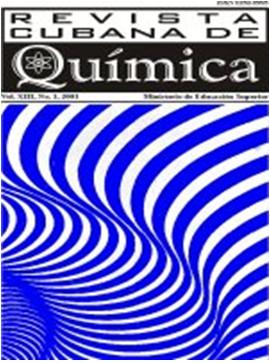Electron Paramagnetic Resonance (EPR) and Characterization of Quasicrystal in the Icosahedral Phase
Abstract
This article aims to study the icosahedral phase of a quasicrystal Al63Cu25Fe12 produced by casting in plasma induction furnace under an argon atmosphere to guarantee homogeneity. During phase transformations, the structures formed by the quasicrystalline alloy in ordered icosahedral phase lead to low electrical conductivity, which demonstrates weak electron-electron interactions. The following techniques were used for the microstructural characterization: X-ray Diffraction, Scanning Electron Microscopy, Energy Dispersive Spectroscopy, Thermal Analysis DSC and Spectroscopy Electron Paramagnetic Resonance (EPR). The experimental EPR spectrum obtained indicates a resonance g = 2,036. EPR spectra provide a detailed view of magnetic equivalent sites of paramagnetic transition in metal compositional variation in the alloy quasicrystalline, and the transition temperature effects on the magnetic spins in the ordered sample.
Keywords: EPR spectrum, quasicrystal, characterization, icosahedral, paramagnetic.
Downloads
Published
How to Cite
Issue
Section
License
This journal provides immediate open access to its content, based on the principle that offering the public free access to research helps a greater global exchange of knowledge. Each author is responsible for the content of each of their articles.























